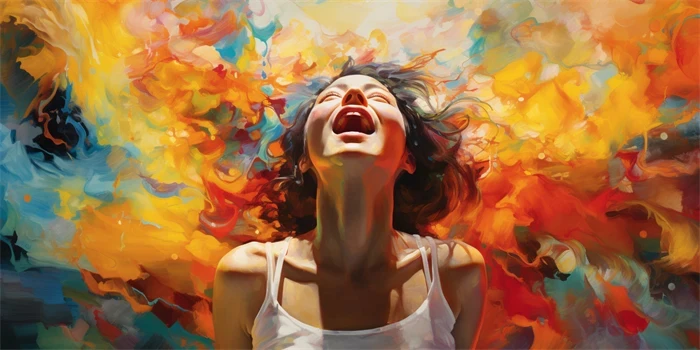Art and design education have always relied on nurturing creativity and innovation. With technological advancements, artificial intelligence (AI) has emerged as a powerful tool that can unleash the creative potential of students. By integrating AI-powered tools into art and design curricula, educators can provide students with new ways to express themselves and explore their artistic abilities. In this article, we will explore the various ways in which AI is transforming art and design education.

Enhancing Design Processes
AI-powered tools have the ability to enhance the design process by providing designers with intelligent suggestions and automating repetitive tasks. For example, software like Adobe Sensei analyzes images and offers design recommendations based on established principles of composition and color theory. This enables students to quickly experiment with different design options and make informed decisions.
Additionally, AI can generate design elements such as logos, icons, and fonts based on user preferences. Tools like Canva and Logojoy utilize AI algorithms to create personalized designs quickly and easily, eliminating the need for extensive design skills. This empowers students to bring their ideas to life without being limited by technical constraints.
Assisting in Artistic Creation
AI can serve as a valuable assistant for artists in their creative process. For instance, DeepArt allows users to transform their photos into artworks inspired by renowned artistic styles. By mimicking the techniques of famous painters, students can gain a deeper understanding of artistic concepts and experiment with different styles.
Moreover, tools like Sketch2CAD can convert rough sketches into precise digital designs, enabling artists to iterate and refine their ideas effortlessly. Integrating AI in the creation process encourages experimentation and helps students explore new artistic directions, fostering their growth as artists.
Facilitating Collaborative Learning
AI-powered tools facilitate collaborative learning experiences among art and design students. Platforms like Figma and MURAL combine real-time collaboration features with AI assistance, allowing students to work together on design projects. They can ideate, share feedback, and refine their designs collectively, regardless of their physical location.
Furthermore, AI can provide personalized feedback and guidance to individual students, helping them improve their artistic skills. Tools like ArtSense analyze students’ artwork and offer suggestions for enhancing composition, color usage, and perspective. This personalized feedback enables students to learn at their own pace and address specific areas of improvement.
Integrating Traditional and Digital Art
AI bridges the gap between traditional and digital art forms, enabling students to explore a wide range of creative possibilities. For example, the Artiphon Instrument 1 combines an AI-powered digital interface with traditional instrument design, allowing students to experiment with music creation in a unique and intuitive way.
Additionally, AI algorithms can analyze traditional artworks and generate digital variations, encouraging students to reinterpret historical masterpieces and create contemporary art. Platforms like DeepDream and Prisma enable students to apply artistic filters to their artwork, transforming photographs into stunning digital paintings.
Addressing Ethical and Social Implications
As students engage with AI-powered tools, it is crucial to address the ethical and social implications of AI in the art and design field. Educators must encourage critical thinking and raise awareness about the potential biases in AI algorithms. Students should be encouraged to reflect on the impact of AI on creativity, originality, and copyright. This ensures that students develop a holistic understanding of AI and its role in their artistic journeys.
Frequently Asked Questions:
1. Can AI replace human creativity in art and design?
No, AI cannot replace human creativity. While AI can assist in the creative process, it lacks the ability to possess genuine emotions, intuition, and personal experiences that humans bring to art and design.
2. How can AI-powered tools benefit art and design students?
AI-powered tools can benefit art and design students by enhancing their design processes, assisting in artistic creation, facilitating collaborative learning, and integrating traditional and digital art.
3. Are AI-generated designs considered original artworks?
The originality of AI-generated designs is a subject of debate. While AI algorithms can create designs based on existing patterns, the originality lies in the selection, modification, and context provided by the human artist using the AI.
References:
1. Adobe Sensei. Retrieved from https://www.adobe.com/sensei.html
2. Artiphon Instrument 1. Retrieved from https://artiphon.com/pages/instrument-1
3. Logojoy. Retrieved from https://logojoy.com/


